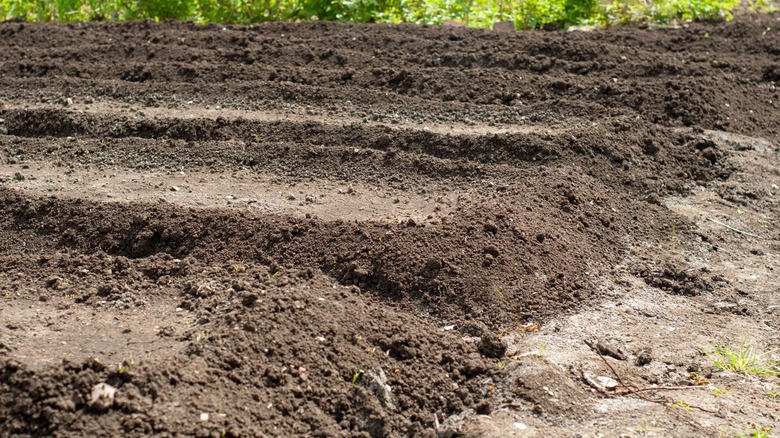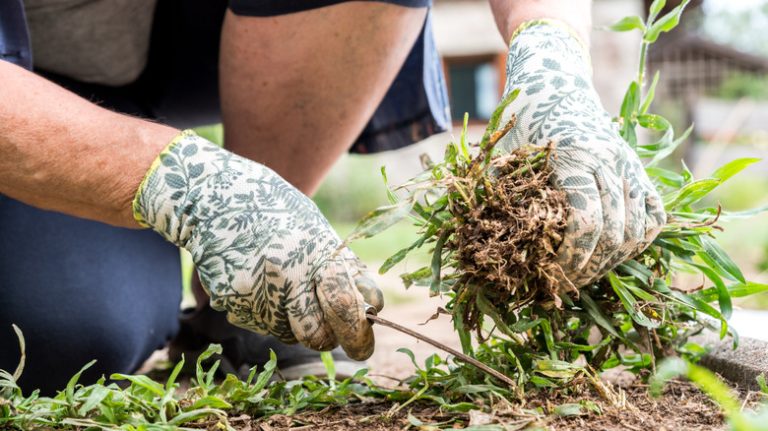We all know how popular raised bed gardens, typically made out of wood or metal, are among gardeners. But there’s another emerging trend that’s getting a lot of attention lately, and it’s the ideal solution for people who live in rainy areas. This method is called raised row gardening, and today we’re discussing this planting method. For folks who deal with more rain than others on a regular basis, this could be an ideal solution to keeping their plants from sitting in excess water. However, raised row gardening works in any area and presents a wonderful no-till approach that solves multiple other potential problems gardeners often face.
Instead of having to build or purchase raised beds for your garden in order to reap the benefits, simply add organic compost materials to the soil and raise it up into rows that are slightly above ground level. This form of gardening is also great for people who have soil that does not drain well, such as types that contain a lot of clay or ones that are more tightly compacted. There will be little worry of over watering, and soil erosion won’t be a problem. Additionally, weed control will be a breeze. Let’s find out how to start enjoying these benefits.
How to start a raised row garden

If you’re interested in trying raised rows in your garden, adding these is quite simple. There will be two main types of rows: growing and walking. You’ll want to leave about 2 feet in width for the walking rows, while the growing rows should be about 1 ½ feet wide. You can create as many rows as you’d like, and the length is variable as well. If you’re starting from scratch, you’ll need to till the ground first so you have soil to work with for building the rows. Alternatively, you can bring in soil to use on top with the rest of the ingredients in the mixture.
The first step is putting down a 4 to 6 inch layer that consists of organic materials such as straw, grass clippings, leaves, and pine needles. It can be just one or a mixture of several of these items, with the general rule being the more nutrients, the better. Next, add a layer that’s 3 to 4 inches deep of topsoil. This is the tricky part, as you want to taper down the edges from about a 6 inch high mound in the middle. At the bottom, the edge should be at ground level. Then, use something inexpensive like hardwood bark chips for laying down a thick layer of mulch on the walking rows. This will be permanent, and it will help provide nutrients to the soil as it breaks down over time.
Advantages of raised rows in rainy areas

First of all, whether raised rows or flat rows are better for you will largely depend on your soil and weather conditions. Root development is increased in raised rows over flat rows, and their advantage in wet weather is significant due to their superior drainage capabilities. Plants are able to retain the moisture they need with the help of the thick layer of mulch around them without ever sitting in excess water. Raised rows also help keep the soil warmer, so it’s ready for planting sooner in the spring.
Another advantage of raised rows is they get better air circulation throughout the plants. You’ll have fewer crabgrass and weeds overall to deal with. Raised rows also have a greatly reduced risk of fungi and bacteria contamination of the soil, since they have better drainage. They’re ideal for growing root crops in particular, due to their inherent looser soil composition. If you live in a rainy climate or have poor soil drainage, consider raised row gardening to help produce healthier crops.



